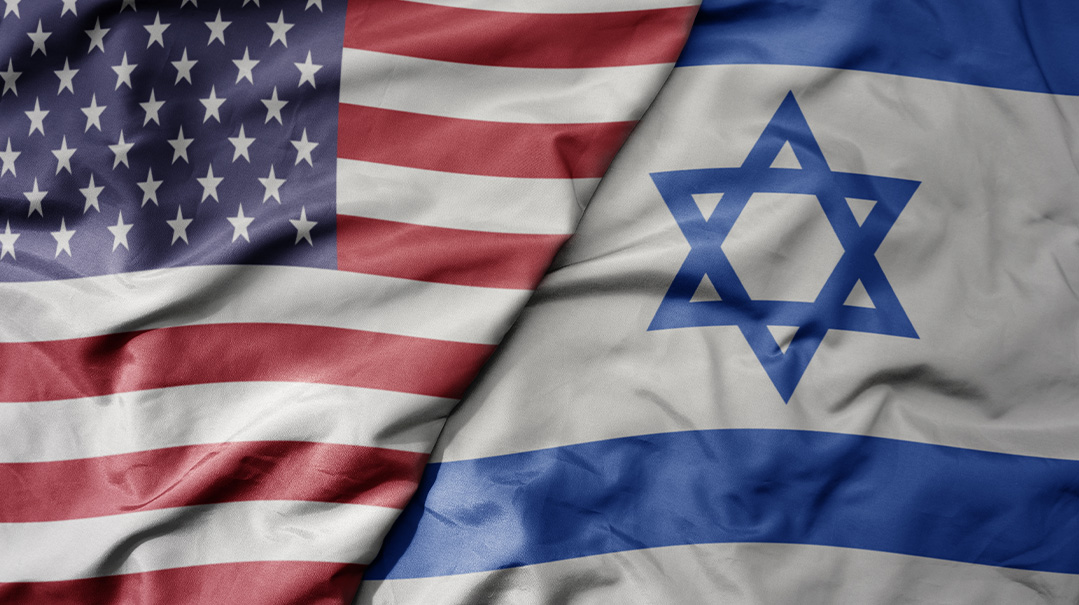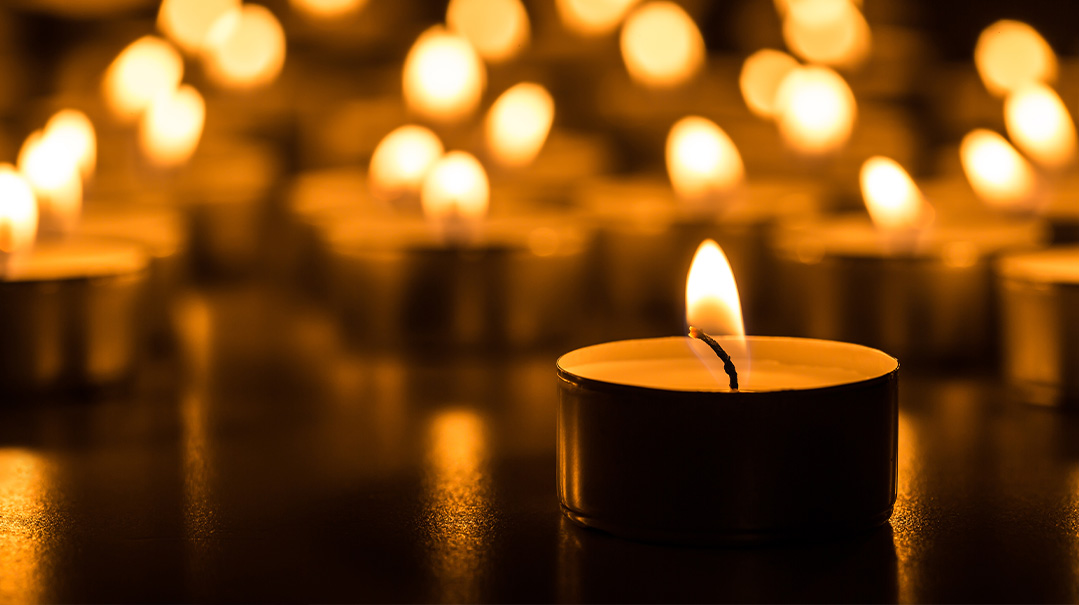A Lesson from Purim

For believing Jews, the current situation is easily recognizable for its resemblance to Purim
After the Tower of Babel, Hashem divided the world among seventy nations, each with its defined boundaries. Yet most of subsequent human history has been a record of unceasing warfare, as each leader tried to seize whatever he could once he adjudged himself to be stronger than his neighbor. The rule was enunciated by the Athenian ambassador to the Island of Melos: “The strong do what they can, and the weak suffer what they must.”
With the fall of the Soviet empire in 1989, Francis Fukuyama proclaimed the “end of history,” and the end of the era of major power conflict threatening nuclear destruction. But alas, that was not to be. Vladimir Putin, intent on restoring the former Russian empire, has plunged the world back into the state described by the Athenian ambassador. To some extent, he did so when he invaded Georgia in 2008 and grabbed Crimea from Ukraine in 2014, meeting little sustained opposition from the West. But Ukraine is by far his most ambitious venture yet.
And the world has become a far scarier place as a consequence. Peter Savodnik, who came of age around the time of the fall of the Berlin Wall, put it well this week at Bari Weiss’s Common Sense site:
By the time Biden delivered the State of the Union, the Russians had been rampaging through Ukraine for nearly a week, and it had become impossible to deny that old order [i.e., the post-1989 order] was over. We’d just witnessed the death of a world many people have never lived outside of: the world of alliances and markets orbiting around the American solar plexus, the world in which everyone more or less agreed on the fundamentals and all that was left to be done was to oversee, tinker, ensure the perpetual flow of goods and services and human cogs through this transnational... network of perfectly calibrated arteries and hyperlinks. The fantasy of the early 1990s of my post-adolescence — that was dead. Just as important: It was never coming back. And no one... knew what came next.
And that is scary. On the second Friday of the war in Ukraine, I awakened in the middle of the night, and read that a Ukrainian nuclear reactor was aflame, threatening a disaster ten times worse than Chernobyl, which would spread radioactive matter in all directions.
I found myself reviewing how World War I was triggered by the assassination of Archduke Ferdinand in Sarajevo, leading to the deaths of millions of soldiers and civilians and ultimately to World War II. In my overwrought state, I started thinking of old friends in America to call and say goodbye.
Yet the Russian invasion of Ukraine, as devastating as it is, is only the most immediate threat to the world order, as we have known it, not the most dangerous. That title would go to a nuclear Iran. For the Iranians are even less susceptible to threats of economic sanctions not backed up by a military threat than was Vladimir Putin.
The difference is the theological, otherworldly fanaticism of the Iranian regime. In the Iran-Iraq War, the ayatollahs sent thousands of children to their deaths as human minesweepers, armed only with keys to heaven around their necks. Yet even as the Russian invasion of Ukraine has demonstrated how far non–status quo powers will go in pursuing their goals, the Biden administration remains bound and determined to enter an agreement that virtually guarantees Iran will have nuclear weapons within the decade, and provides the Iranians with billions of dollars with which to wreak havoc throughout the region.
And for what? The most recent justification is the short-range goal of bringing Iranian oil back into international markets and the cost of gas and the pumps down for American consumers. Yet that goal could be achieved by the simple expedient of reversing the policies that have reduced America’s own energy production, and left it to scour the world in search of the most unsavory of suppliers, like Maduro’s Venezuela.
FOR BELIEVING JEWS, the current situation is easily recognizable for its resemblance to Purim. Once again threats of annihilation against the Jewish People are coming from Persia. Once again, the most powerful man in the world is clueless, even as all the premises upon which his appeasement of the Persian regime is based have been revealed as empty. And thus it is appropriate that we turn to the Purim story for clues into what we should be doing.
As the world descends into a state of entropy characterized by a state of randomness and disorder, it is left to us to unleash the power of the kol Yaakov to the ultimate source of unity — the only true Echad.
The Fast of Esther is in most respects the least stringent fast on the calendar. As the Rema states (Orach Chayim 686:2), “It is not obligatory, and we are therefore more lenient when necessary [to exempt those who would otherwise fast].” The reason for that leniency is obvious: Nowhere in the Gemara do we find an explicit reference to the Fast of Esther. And while Esther herself fasted and asked the Jews of Shushan to join her in doing so before the approach Achashveirosh, those three days of fasting were in Nissan.
At most, the commentators find hints to the explanations for the fast. On the 13th of Adar, the Jews of the entire Persian Empire gathered to defend themselves, and assumedly they beseeched Hashem for Divine mercy. And it is also likely that they fasted at the same time, as Chazal tell us Moshe Rabbeinu did during the first confrontation of Bnei Yisrael with Amalek, the ancestor of Haman.
But while the Fast of Esther is less stringent in some respects, there are also hints to its centrality. For instance, the Shulchan Aruch (Orach Chayim 550) paskens that a fast during the coming week should be announced on Shabbos, with three exceptions: Yom Kippur, Tishah B’Av, and Taanis Esther. The latter three are so important that it is assumed that no one in the kehillah will forget them.
Another anomaly with respect to Taanis Esther is that we do not end the fast immediately at the end of the day, but rather proceed immediately to Maariv and reading of the Megillah. What would be problematic about at least taking a drink first?
The answer, it would seem, is that Taanis Esther is an integral part of the Purim miracle; our prayers and fasting are inseparable from Hashem’s salvation. As Rabbi Immanuel Bernstein puts it in his Purim: Removing the Mask, it is not just that we defeated Haman because Hashem answered our prayer. Rather, on a deeper level, “Our victory began as soon as we started praying, for we thereby rejected Amalek’s thesis that states we are too distant from Hashem for Him to be interested in hearing from us!”
Even in a time of hester Panim (hinted to in Esther’s name), Hashem is always close to us and eager to respond to our entreaties, both individual and collective. The Gemara (Megillah 11a) recounts that whenever Rav Masna spoke about Megillas Esther, he would always begin with the verse, “Ki mi goy gadol asher lo Elokim kerovim eilav k’Hashem Elokeinu b’chol kareinu eilav — For which great nation has a G-d Who is close to it, as is Hashem, our G-d, whenever we call to Him” (Devarim 4:7).
And in Sefer Hamitzvos, the Rambam explains that there is no aspect of adding to the mitzvos of the Torah in fulfilling mitzvos decreed by the Prophets, together with the Beis Din. The mitzvah of reading the Megillah serves as the paradigm for such a mitzvah d’Rabbanan, for in doing so we praise HaKadosh Baruch Hu for being so close to us, and responding to our entreaties, and thereby making known to future generations the truth of that which He promised us in the Torah, “For which great nation has a G-d Who is close to it, as is Hashem, our G-d, whenever we call to Him.”
None of us know the precise reason for the momentous events of the past month, and for the fear what has been cast upon us. But this much we know for sure: Our response must lie in realm of besieging Hashem for deliverance from the dangers all around.
And that is a Purim lesson that will serve us well all year round.
(Originally featured in Mishpacha, Issue 903. Yonoson Rosenblum may be contacted directly at rosenblum@mishpacha.com)
Oops! We could not locate your form.






